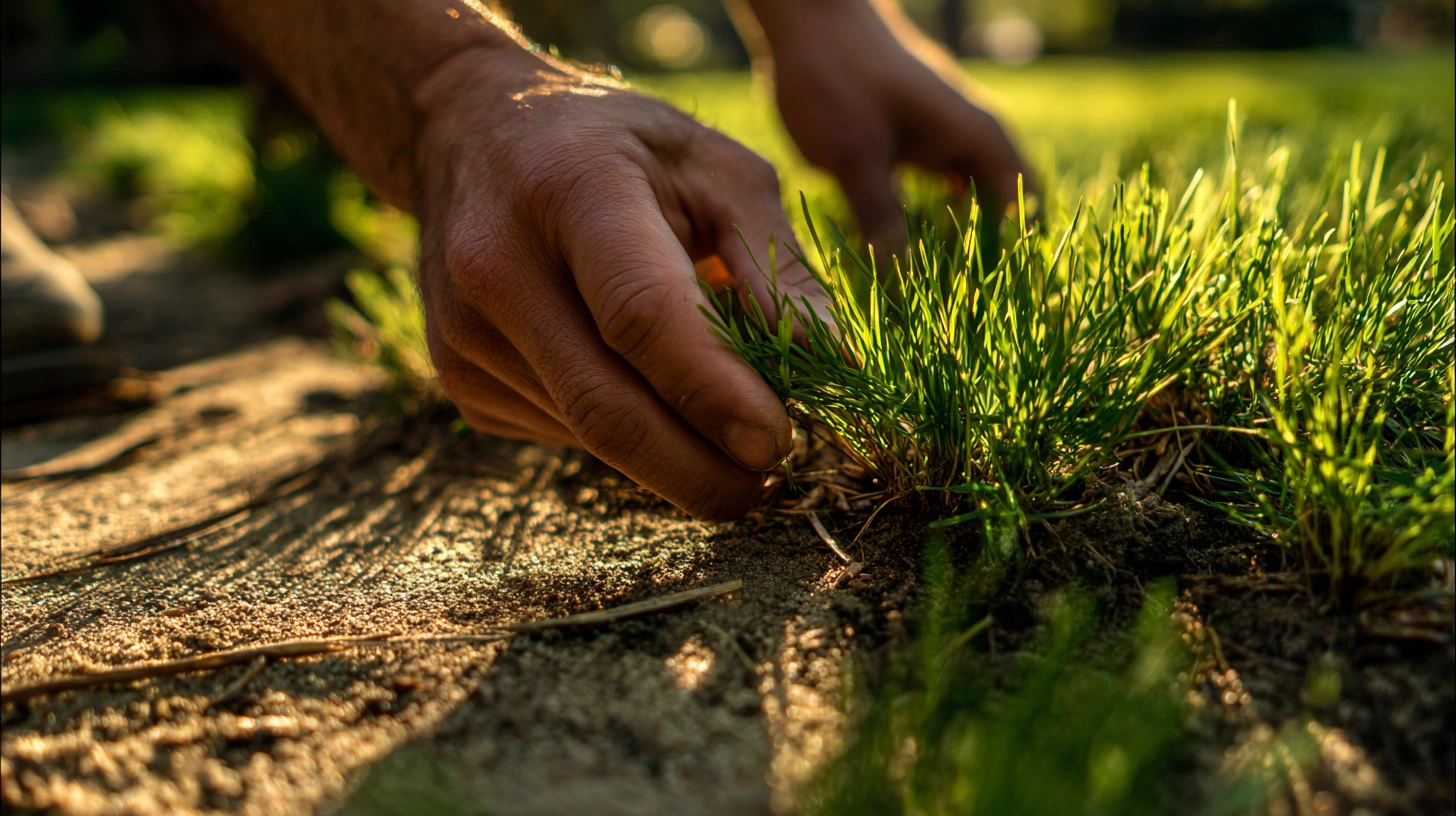Crabgrass Control in the Northeast: Step-by-Step Guide

Learn how to identify, kill, and prevent crabgrass in cool-season lawns, from herbicide timing to fall overseeding, for a thicker, weed-free turf.
Crabgrass Control in the Northeast: Step-by-Step Guide
Introduction
If you've spotted those coarse, light-green clumps spreading across your cool-season lawn, you're not alone. Crabgrass is the nemesis of healthy turf in the Northeast US and Canada, especially on sandy, nutrient-poor soil. Left unchecked, it chokes out desirable grasses like Kentucky bluegrass, fescues, and ryegrass--and makes your lawn look more patchy than pristine. Fortunately, with a clear, step-by-step plan, you can choke out crabgrass this season and rebuild a dense, verdant lawn that stands up to summer heat and drought.
In this guide, you'll learn how to:
- Identify crabgrass early and accurately.
- Use cultural habits--mowing, fertilizing, watering--to starve out weeds naturally.
- Apply pre-emergent and post-emergent herbicides at the right times.
- Renovate thin areas with fall overseeding tailored for sandy soils.
- Follow safety precautions and local regulations in the Northeast and Canada.
By tackling crabgrass strategically--from spring through fall--you'll swap grassy invaders for strong, cool-season turf that thrives year after year.
Problem Identification
Recognizing Crabgrass
Crabgrass (Digitaria spp.) pops up as sprawling, light-green tufts in bare or thin lawn patches. You'll see finger-like stems radiating from a central crown. It germinates once soil temps hit around 55 degreesF (13 degreesC) in spring, then races to outgrow slower cool-season species.
Why It Wins
Crabgrass gains a foothold when:
- Turf is mowed too short (under 3 inches).
- Soil is sandy, causing rapid moisture loss.
- Fertilizer is insufficient or poorly timed.
- Foot traffic or drought creates bare spots.
If you let it go, crabgrass seeds litter the soil--setting up a vicious cycle next year.
Cultural Management
Strong turf is your best defense. Follow these keys:
Mow High and Smart
- Keep your mower blade at 3 to 3.5 inches. Tall grass shades the soil, delaying crabgrass germination.
- Use a sharp blade. Clean cuts heal faster, reducing stress.
Fertilize Based on Soil Tests
- Send a soil sample to your local extension service. Tailor your N-P-K ratios to fill nutrient gaps.
- Aim for balanced spring feeding and a final fall boost. A healthy turf chokes out weeds.
Water Deeply, Infrequently
- Provide about 1-1.5 inches of water once a week rather than daily shallow sprays.
- Deep watering encourages turf roots to reach lower, outcompeting shallow-rooted crabgrass.
Aerate and Topdress
- Core aerate in late summer to relieve compaction--especially on clay pockets within sandy lawns.
- Topdress with a thin layer of compost to improve soil structure and moisture retention.
Chemical Controls
When cultural tactics aren't enough, herbicides help. Always read and follow label instructions.
Pre-Emergent Herbicides
- Timing is critical: apply when soil temperatures reach 55 degreesF for several days (often late March to early April in the Northeast).
- Active ingredients: pendimethalin, prodiamine, or dithiopyr. The latter can also tackle early crabgrass sprouts.
- Water in immediately and avoid disturbing the soil. Do not overseed within six to eight weeks after application.
- UMN Extension offers regional timing charts.
Post-Emergent Herbicides
- Targets existing crabgrass in late spring or early summer.
- Common options: fenoxaprop-ethyl (Acclaim Extra), quinclorac (Drive XLR8), mesotrione (Tenacity).
- Mesotrione is safe on new seedlings--handy if you've already started overseeding.
- Spray on actively growing weeds; avoid mowing two days before or after application for best uptake.
- Multiple treatments may be needed on stubborn patches.
Ready to transform your lawn?
Get personalized AI guidance for the perfect lawn. Download Grassmaster Gus now!
Overseeding and Renovation
While crabgrass fades in fall, your chance to renovate takes center stage.
Best Window
- Mid-August to mid-September offers warm days, cool nights, and less weed pressure.
Preparation Steps
- Soil Test & Amend: If your lawn is sandy, incorporate organic matter or compost to boost moisture and nutrient hold.
- Core Aeration: Relieve compaction for better seed-to-soil contact.
- Dethatch (if needed): Remove excessive thatch over 1/2 inch deep.
Choosing Your Seed
- For sandy, drought-prone spots: tall fescue blends or fine fescue cultivars.
- For a classic look with good traffic tolerance: Kentucky bluegrass (select regionally adapted varieties).
Seeding Rates and Methods
- Tall fescue: 3-4 lbs per 1,000 sq ft.
- Kentucky bluegrass: 2 lbs per 1,000 sq ft.
- Split your seed batch and spread in two perpendicular passes for even coverage.
Post-Seeding Care
- Keep the topsoil lightly moist--water 2-3 times daily until seedlings sprout.
- Once grass reaches mowing height (about 3 inches), mow with a sharp blade.
- Apply a starter fertilizer high in phosphorus if your soil test calls for it.
Prevention Strategies
- Maintain mowing height at 3+ inches year-round.
- Feed according to soil test schedules (spring and fall).
- Water deeply, skip shallow daily watering.
- Spot-seed thin patches every year to prevent bare ground.
- Limit soil disturbance in spring if you plan on using pre-emergent herbicide.
Safety and Legal Considerations
- Always wear gloves, eye protection, and long sleeves when mixing or spraying herbicides.
- Keep children and pets off treated areas until the product dries or as per label instructions.
- Check local regulations--New York, New Jersey, and many Canadian provinces (e.g., Ontario) have restrictions on cosmetic herbicides.
- Store chemicals in a locked, well-ventilated space and dispose of empty containers according to your municipality.
Conclusion
Eliminating crabgrass in a cool-season lawn isn't a one-off event--it's a seasonal commitment. By combining smart mowing, targeted fertilizing, well-timed herbicide applications, and a robust fall overseeding plan, you'll replace those ragged weeds with thick, resilient turf. Stay vigilant year after year: keep your mower blade sharp, your soil fed, and your overseeding schedule on point. Your Northeast lawn will reward you with a lush, crabgrass-free carpet that neighbors admire and you can be proud of.


